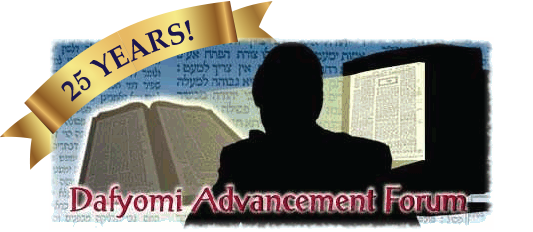Why did Moshe need to raise his hands heavenwards, specifically here by Makas Barad?
Ramban: Refer to 9:29:1:2.
Oznayim la'Torah: It is a hint that Moshe stopped the hail from falling in mid-air. 1
Refer to 9:33:1.1:3.
What does the Torah mean when it writes, "u'Matar Lo Nitach Artzah"?
Rashi #1, Targum Onkelos and Targum Yonasan: It means that the rain 1 did not reach the ground. 2
Rashi #2 (citing Menachem ibn Saruk) and Rashbam: It did not pour on to the ground.
Rashi #3 (in Yechezkel 13:11): When the Pasuk there speaks about "Avnei Elgavish" (ibid.), it is referring to the hailstones that Moshe stopped in midair - "Avnei Elgavish" - 'Al Gav Ish' - through Moshe, who is called 'Ish.' 3
R. Bachye: After the hail left the heaven, it stood between heaven and earth ? for forty-one years. 4
According to the Ta'amei ha'Mikra, the Targumim and Rashi, the Pasuk means that the hail stopped, and the rain did not reach the ground.
It stopped in mid-air. Rabeinu Bachye (citing Midrash Tanchuma) relates that they would later fall on the Cana'anim in the time of Yehoshua (as recorded in Yehoshua 10:11), whereas, according to the Gemara in B'rachos (54b), it was Yechezkel who would later command the hail to fall. See Rashi in Yechezkel 13:11 and R. Bachye, who elaborates. Hadar Zekenim: They will fall in the days of Gog and Magog. See also R. Bachye who concludes that the thunderclaps too hung in the air until the days of Elisha, as the Navi writes in Melachim 2, 7:6.
See Bamidbar 12:3.
Refer to 9:33:1:11**.




